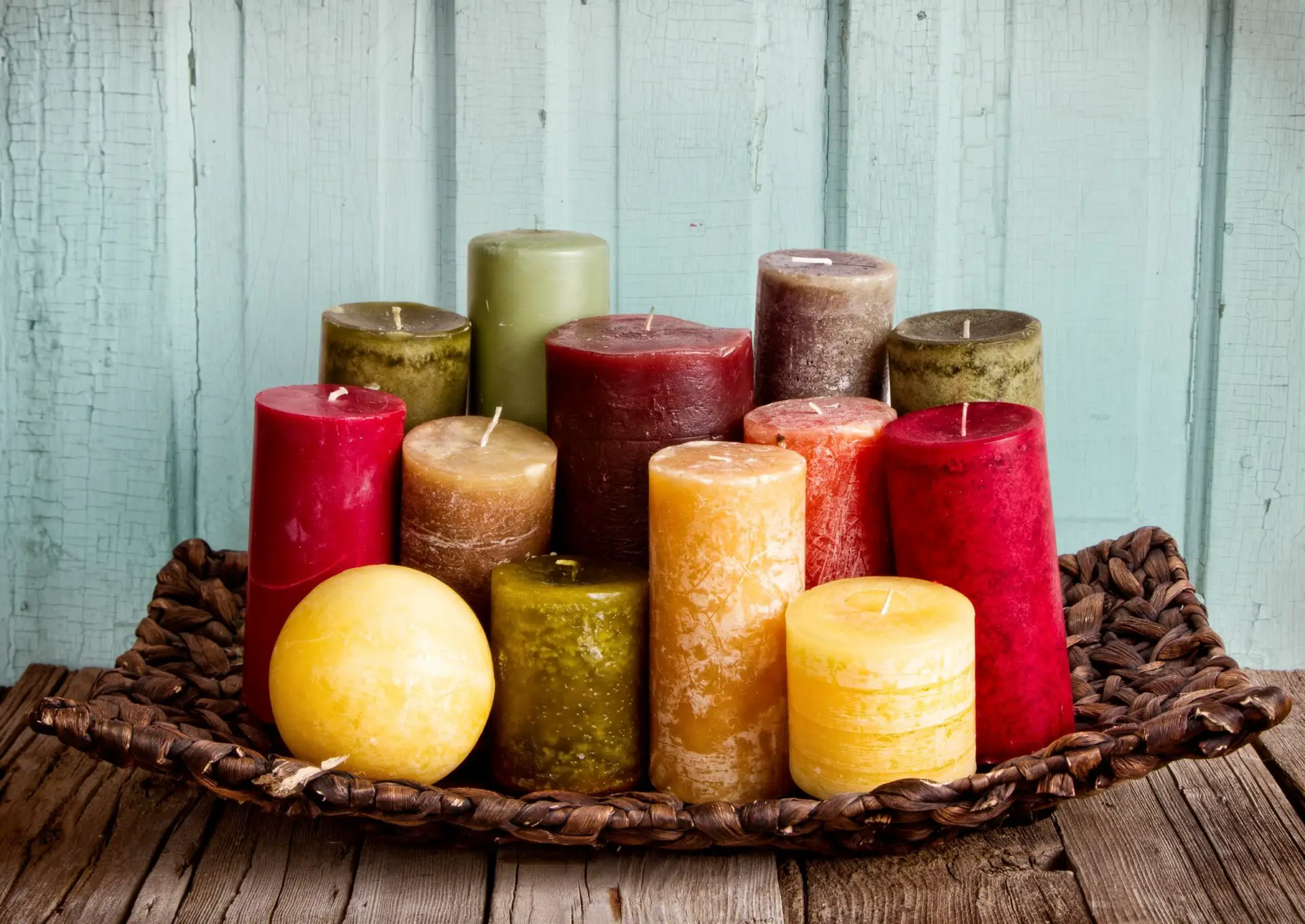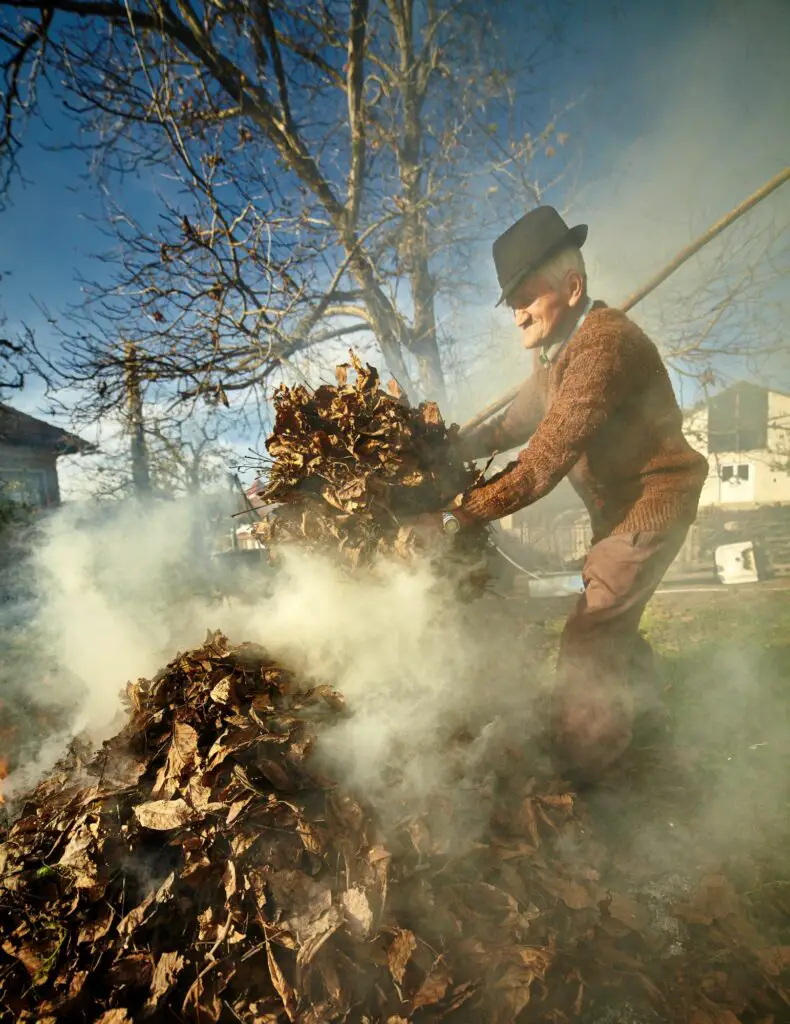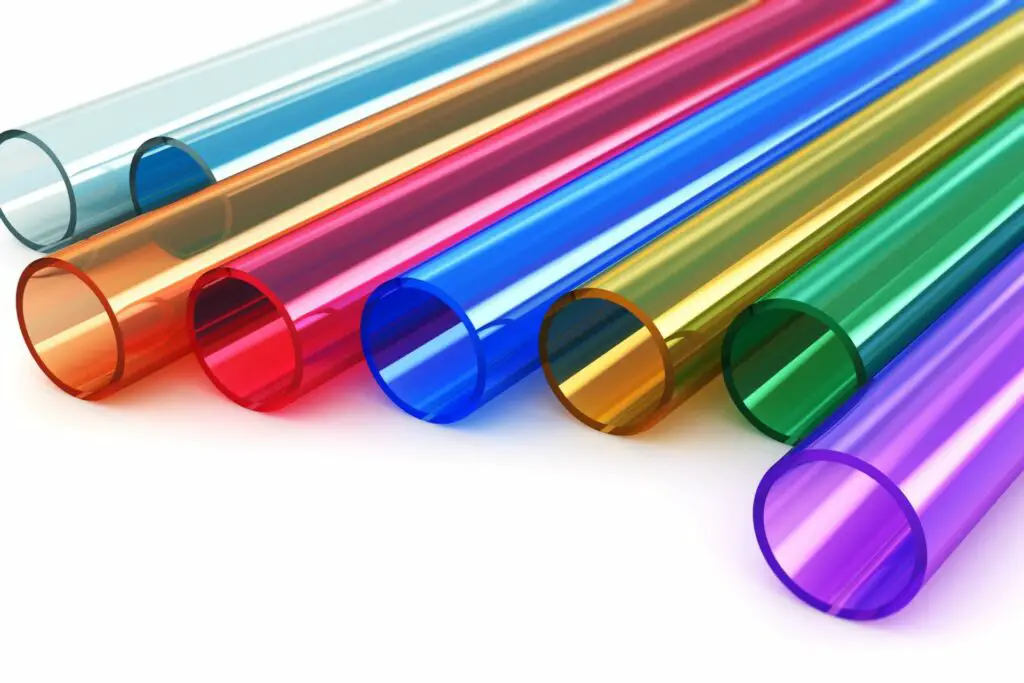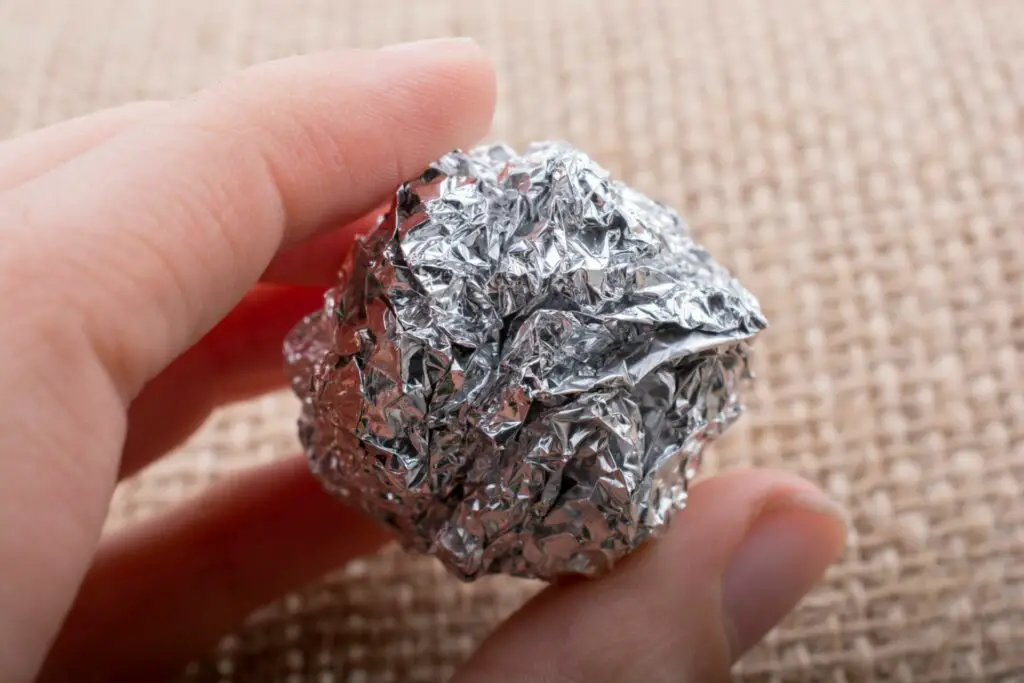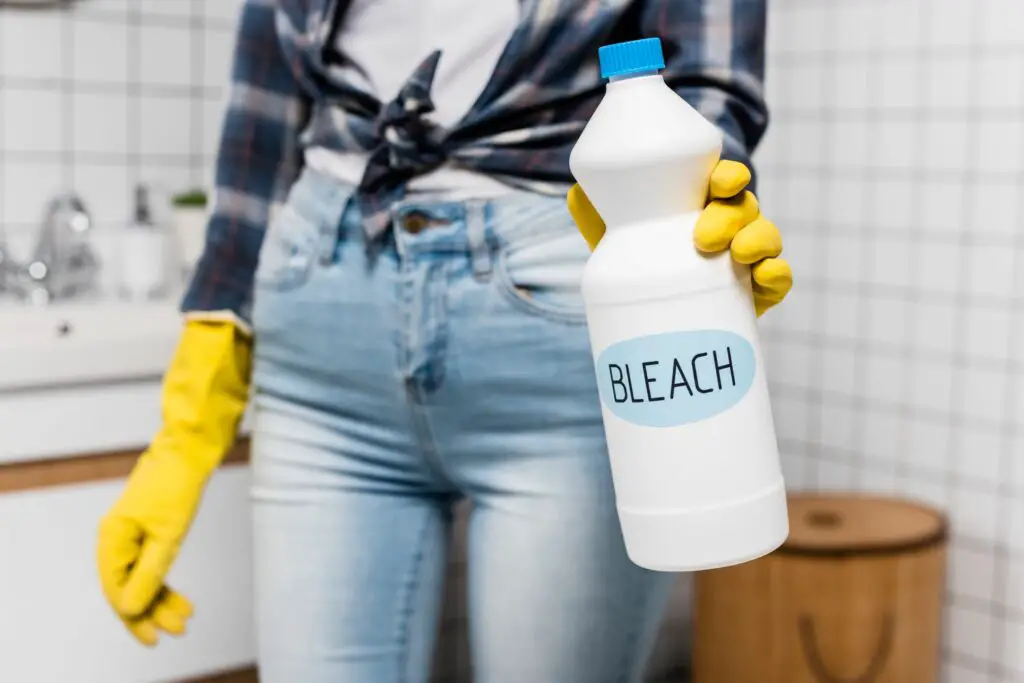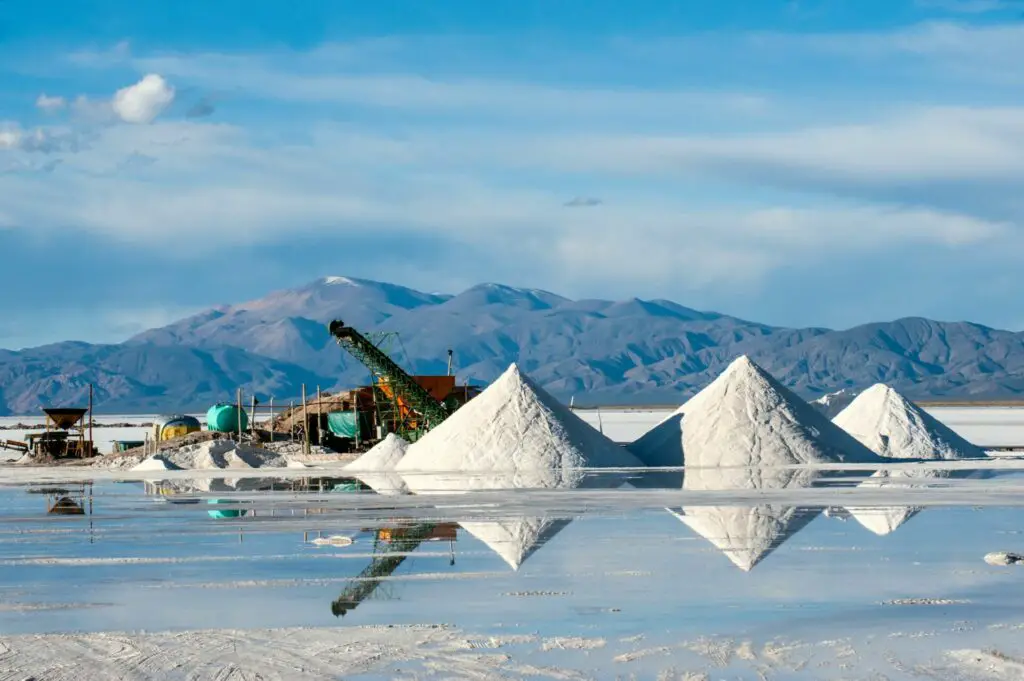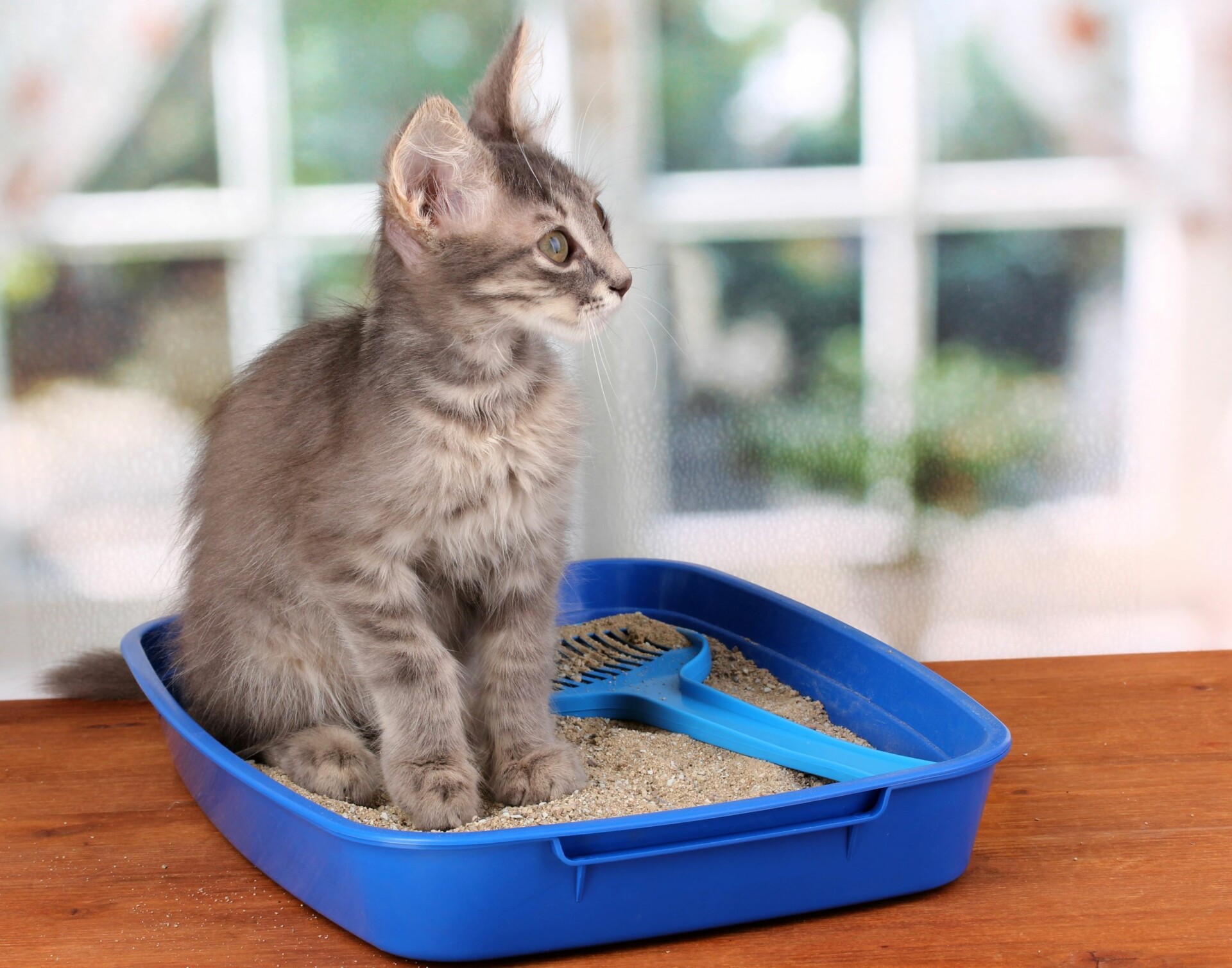There’s no one type of candle, so statements about their environmental impact can be conflicting.
The impact of candles depends on the type of wax, fragrances, dyes, and other factors.
Generally, candles made with paraffin oil and synthetic fragrances are bad for the environment.
The most sustainable candles rely on natural scents and colors and use soy, palm, coconut, or beeswax.
Here’s what you need to know about the environmental impact of candles.
1. What Are Candles Made Of?
The ingredients in candles can vary drastically depending on the wax, colors, scents, and wicks used.
The most popular types of candle waxes are paraffin, soy, palm, coconut and beeswax.
The wicks are usually made from paper, cotton, or wood.
Some candles come without packaging, while others are sold in glass jars or metal cups – like tea lights.
2. How Do Candles Affect the Environment?
Most conventional candles are made from paraffin, which is a by-product of the petroleum industry (more on that here).
The petroleum industry contributes significantly to climate change and pollution and oil is a non-renewable resource sourced via mining or drilling.
Drilling and mining for oil not only contribute to air, soil, and water pollution, but the mine sites physically degrade the environment and can also result in soil erosion.
So, since paraffin candles are obviously not good for the environment, you might think that candles made from natural, renewable types of wax are the perfect choice.
And while it is true that candles made from renewable sources are generally more sustainable than those made from paraffin, they can still have an environmental impact.
For example, high demand for coconut, soy, or palm wax can cause deforestation when land is cleared to make way for commercial farming.
Moreover, soy, coconut, and palm plantations are typically mono-crops, which means they are the only crop grown in the area.
Mono-crops are not good for the environment because they reduce biodiversity and interfere with the ecosystem.
With less biodiversity, plants are more susceptible to disease as other crops and animals can naturally combat pests – this means a disease could easily wipe out a substantial amount of these crops, generating huge volumes of waste.
Research found that when coconut crops were grown with mangos, they sequestered 139 tonnes of carbon, but coconut mono-crops only sequestered 98 tonnes of carbon.
Moreover, it’s not just the candle that determines the environmental impact but the packaging.
Candles often come in glass jars or small metal containers. These materials are not renewable.
Metal is sourced via mining. Around 10% of greenhouse gas emissions globally have been linked to metal production.
Glass and metal are both recyclable – which is a positive.
Moreover, unlike plastic, they can be recycled indefinitely without losing quality.
Recycling – whether plastic or glass – is important because studies show that it significantly reduces pollution and energy use compared to virgin material.
However, recycling still requires energy – and since our energy production is still primarily based on climate-damaging fossil fuels, it is not the perfect solution.
Finally, candle wicks tend to come from paper, cotton, or wood, which are all renewable and biodegradable.
However, hardwood and softwood take 50 to 100 years and 40 years to mature, respectively, so just because a resource is renewable doesn’t mean it’s easy to replenish.
When it comes to climate change, trees are vital for storing carbon dioxide and releasing oxygen; fewer mature trees can amplify the greenhouse effect.
There are also environmental concerns about cotton, as around 5% of all pesticide sales and 10% of insecticide sales are to treat cotton crops.
Pesticides and insecticides can harm wildlife, like pollinators, and cause pollution.
For example, pesticides can interfere with the reproduction of bees and cause memory problems in adult bees.
Besides this, cotton is a very water-intensive crop, requiring 10,000 liters (2,500 gallons) of water to produce only 1 kg of cotton.
3. Are Candles Sustainable?
How sustainable candles are depends on what they’re made from.
Candles made from natural waxes like coconut, palm, and beeswax are more sustainable than paraffin since they are renewable and biodegradable.
However, many candle makers dye their candles or even add glitter or little plastic trinkets, which impacts whether these candles are biodegradable.
Plus, biodegradable items cannot biodegrade just anywhere (more on that here).
This process cannot occur without the proper conditions such as bacteria, temperature, oxygen levels, etc.
So candles will not break down in landfills since these conditions are not met.
Paraffin candles are not sustainable since petroleum is non-renewable.
The exact lifespan of a candle depends on the size and how often it is used, but they do not last indefinitely, so there’s always a demand to produce more candles.
4. Do Candles Cause Air Pollution?
Whether candles cause air pollution depends on several factors.
In general, all candles give off small amounts of smoke and carbon dioxide when burning.
Additionally, some candles can also emit Volatile Organic Compounds (VOCs), which cause air pollution and some of them are harmful or even toxic (study, study, study).
For example, research found that paraffin candles released small amounts of the toxic chemicals toluene and benzene, but soy candles did not.
Another study analyzed the VOC emissions caused by candles at cemeteries in Poland during All Saint’s Day.
The researchers found that benzene and toluene concentrations increased by 200% and 366% respectively and concluded that those levels created by the burning of candles were comparable to traffic emissions.
Other studies dispute any health risks from the use of candles and point out that VOC and particulate matter levels were well within official limits, saying that: “under normal conditions of use scented candles do not pose known health risks“.
So what to make of all this?
It seems like the safest thing to do would be to use unscented candles made from soy, stearin or other plant-based waxes and to make sure the room is well-ventilated.
5. Are Candles Toxic?
While candles are generally not directly toxic, some may release toxic chemical compounds when burned.
As mentioned earlier, paraffin candles can emit benzene, toluene and other toxic chemicals, some of which are carcinogenic.
Toluene is not only toxic for humans, but also for plants and marine life, while benzene can interact with other compounds in the air and result in smog.
However, since candles are small, the number of toxic compounds released is usually minimal – even when it comes to scented candles.
Many candles are scented with essential oils, which are natural and renewable.
They are often regarded as harmless, but many essential oils like cinnamon oil, peppermint oil, and eucalyptus oil are toxic for house pets like cats.
Moreover, research also found that participants exposed to lemon oil had reduced cognitive function – so although essential oil candles may not be toxic for humans, this is something to keep in mind.
When it comes to synthetic fragrances, brands can be vague about what it means, so it’s hard to determine whether they’re toxic.
Studies also discovered that synthetic musk is toxic to marine life, such as mussels.
The dye used in candles can also determine if they’re toxic.
Some brands dye their candles using plants, but others use aniline dyes.
This compound is toxic to animals in high amounts and can cause tremors, arrhythmia, pain, death, and more.
It is also considered a probable human carcinogen by the EPA.
6. Are Candles Zero Waste?
Most candles are not zero waste.
They usually come in a container, like a metal tea light holder or a sturdy glass jar.
Even if the candle has completely burnt up, there’s usually a stub of the wick left attached to a metal tab if they were in a container.
Candles without a container can be zero waste if burned all the way through, but you still need to put them in some sort of candle holder to keep the wax from spilling everywhere.
7. What Is the Most Environmentally Friendly Candle?
The most environmentally friendly candle will be made from renewable, biodegradable materials like soy, coconut, palm, or beeswax.
To find the most eco-friendly candles, check out our article here.
The wick should also be made from renewable, biodegradable materials like cotton, wood, or paper.
Try to avoid candles with synthetic fragrances and colors.
You can reduce waste by selecting candles that do not come in any sort of cup or jar.
Another option is to go for wooden oil diffusers, which don’t need to be burned in order to create a pleasant fragrance.
You Might Also Like…
- Is Fast Food Bad for the Environment? (& What You Can Do)
- Is Fabric Softener Bad for the Environment? (+5 Eco-Friendly Options)
- Is Fuel Dumping Bad for the Environment? (& How Often It Happens)
- Is Electricity Generation Bad for the Environment? (What You Should Know)
- Is Dry Cleaning Bad for the Environment? (4 Surprising Facts)
- Is Diamond Mining Bad for the Environment? (Important Facts)
- Is DEET Bad for the Environment? 4 Effects (You Should Know)
- Is Cat Litter Bad for the Environment? (5 Common Questions)
- Is Burning Cardboard Bad for the Environment? (6 Facts)
- Is Burning Paper Bad for the Environment? (6 Surprising Facts)
- Is Burning Leaves Bad for the Environment? (7 Quick Facts)
- 4 Natural Cleaners for Quartz Countertops
- 6 Eco-Friendly Acrylic Paint Brands (For Sustainable Artists)
- 5 Eco-friendly Alternatives to Acrylic Paint (& How to Make Them)
- Is Acrylic Paint Bad for the Environment? (7 Quick Facts)
- Is Acrylic Yarn Bad for the Environment? 8 Crucial Facts
- Is Acrylic Bad for the Environment? (8 Quick Facts)
- Is Aluminum Foil Bad for the Environment? 7 Quick Facts
- Is Bleach Bad for the Environment? 6 Crucial Facts
- Is Lithium Mining Bad for the Environment? 6 Crucial Facts

